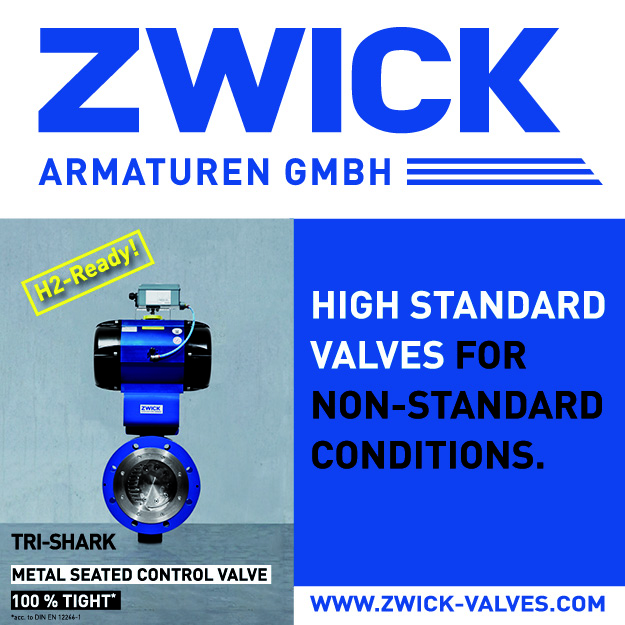Maag launches new S Series screw pumps
Maag has launched a new S Series of screw pumps that offer the process industries a variety of options for conveying challenging fluids.
The manufacturer says the rotary positive-displacement pumps provide numerous advantages over conventional technologies, including ATEX-certification for use in explosive or dangerous environments, self-priming capability, good suction performance and speed/output linearity, low pulsation, constant flow even at considerably different pressures and volumes and a compact footprint.
The basic design of the pump entails two screws, a drive screw and an idler screw, which are engaged and form a sealed cavity with the surrounding pump housing during operation.
The pumped liquid is transported axially as the screw shafts turn and is conveyed in a consistent and pulseless flow to the pump discharge port.
As hydraulic forces on the two screws are balanced, there is little or no hydraulic stress on the screws, promoting higher life span of the internal pump parts.
Twin-screw pumps can be a good option for conveying challenging multiple-phase fluids containing oil, gas, and water in the oil and gas production sector.
In a variant of the S Series, the twin screw pumps employ timing gears to transmit power from the power screw shaft to the idler screw shaft to reduce the possibility of wear when pumping abrasive materials, or where special materials of construction dictate non-contacting operation.
A multiphase-fluid option, designed for medium- to low-pressure applications, is also available and is built for long service life and commonly used in oil and gas production fields and with collection systems that have untreated streams.
The multiphase pumps can handle multiple phases containing oil, gas, and water due to their design incorporating a large chamber to separate gas from liquid.
The S Series triple screw pump is designed for handling clear, lubricating liquids without solid content.
The internal structure of the triple screw includes a male drive spindle, two female secondary spindles, and a housing containing the three screws.
Within the sealed chamber, the three rotating screws move material along in the axial direction and toward the discharge port in a linear and surge-free manner.
















